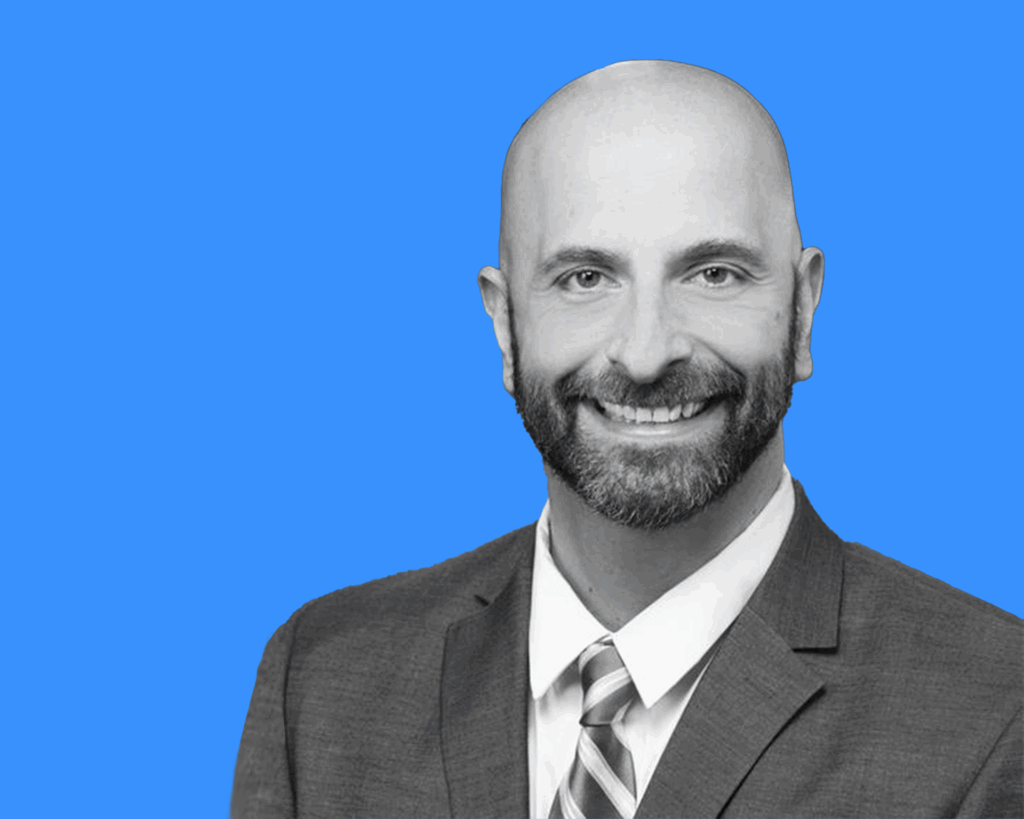How COVID-19 Affected U.S. Public School Enrollments
The pandemic resulted in the largest decline in public school enrollment in history, with virtual learning districts facing the biggest drop.

Read Time: 5 minutes
Published:
In Spring 2020, the COVID-19 pandemic upended daily life in the United States. As the country raced to contain the spread of a new deadly virus, education officials chose to close nearly every public school for in-person learning. By autumn, with the pandemic still raging, some districts returned to fully in-person classrooms, while some maintained fully virtual learning and others used a hybrid between these two.
Parents were not consulted about which option would work best for them and their children. There is reason to believe most would have preferred in-person learning, which would allow them to return to normal working schedules. Many parents also believed (correctly) that the quality of instruction would be higher in-person. Of course, they were also concerned about the risk that their children would bring COVID home.
Parent preferences likely differed for other reasons. Since white-collar jobs are easier to perform remotely, virtual learning may have been easier for higher-income families. At the same time, communities of color were harder hit by the pandemic, meaning parents of Black, Hispanic, or Asian children may have been less willing to send their children to school in-person.
In Fall 2020, 1.2 million fewer students enrolled in public schools compared to the previous school year. This 3% yearly decline was the largest in U.S. history. Meanwhile, charter, private, and homeschool enrollments increased. The underlying predictors of public school disenrollments remained an open question.
My co-author and I decided to study this. We collected enrollment data from every U.S. public-school district going back to the 2011-2012 school year. We linked these data to information on schools’ learning modes during the 2020-2021 school year, monthly measures of local pandemic conditions, and district sociodemographic characteristics. We then compared changes in public-school enrollments when districts chose different policies.
To understand where enrollment declined the most, we needed to go beyond simply comparing post-pandemic to pre-pandemic enrollment counts. This is because some districts, particularly in urban areas, have been experiencing declining enrollments for many years. We therefore focused on how enrollments deviated from pre-pandemic trends.
We also took steps to account for the fact that district policy decisions, including learning modes, were correlated with parents’ preferences. For example, Republican-leaning or rural districts were more likely to return to in-person learning, while districts in areas with more college-educated adults were more likely to continue with virtual learning. We controlled for district observable characteristics, including student and family demographics, urbanicity, and partisanship. We also focused on comparisons between students of different races/ethnicities in the same districts, which deals with the concern that district racial composition was also correlated with learning modes.
Who these students are, and how to help them recover lost progress, will be incredibly important in the coming years.
Overall, enrollment fell more in virtual districts. Virtual enrollments declined nearly twice as much as enrollments in otherwise similar in-person districts, and they declined nearly 1.5 times as much as in similar hybrid districts. Interestingly, these district-level differences were concentrated among kindergarten students, whose enrollment in virtual districts declined 12% in the typical district, compared to only 7% for in-person districts. Learning mode differences were much smaller in older grades. In fact, high school enrollments did not decline in any learning mode.
These district-level changes mask important racial and ethnic differences within districts. We found that White students disenrolled at higher rates from virtual districts compared to in-person districts. However, the opposite was true for Black, Hispanic, and Asian students, who disenrolled at higher rates from in-person districts. These differences were large. For example, White enrollments declined nearly 60% more in virtual districts, but Black enrollments declined 60% less in virtual districts (hybrid districts fell somewhere in between).
What could drive these racial and ethnic differences? One possibility is that White households were more conservative and therefore preferred in-person learning. However, we show that partisanship cannot explain our findings. The disenrollment differences between White students and students of color are not meaningfully affected by whether we control for Donald Trump’s 2016 vote share in each district. They also exist when we only compare very Democratic districts where more than two-thirds of residents voted for Hillary Clinton in 2016.
Alternatively, the risks of COVID may have been more salient among communities of color. The pandemic was more harmful for these communities. Adjusted for age, death rates from COVID-19 were more than 60 percent higher for Black and Hispanic individuals than for Whites. We find more evidence supporting this theory: on average, enrollments fell more for students of color in counties with more-severe COVID conditions than for White students in the same districts.
These enrollment changes have big implications for U.S. public education. National enrollments have still not recovered, and racial and ethnic differences within virtual versus in-person districts persist. Importantly, we still do not fully understand where students went when they disenrolled from public schools. In fact, estimates suggest as many as one-third of students who left public school did not attend any school during the pandemic. Who these students are, and how to help them recover lost progress, will be incredibly important in the coming years.
Enrollment declines will also affect district operations. School funding is very closely tied to district enrollment counts. Federal relief funding for school districts is about to expire, and many districts are planning layoffs and school closures as a result. This will have major effects on U.S. public education, even as the pandemic fades from memory. Understanding these changes and what they mean for student learning are critical questions facing education researchers and policymakers in the coming years.



